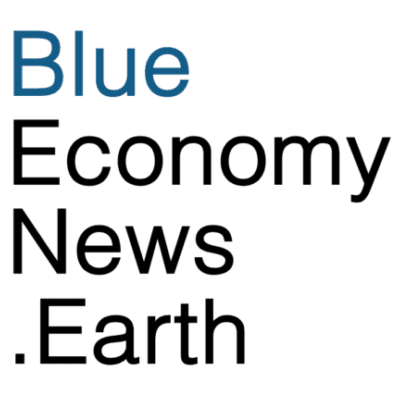The British Natural History Museum is collaborating with GIST Impact, an analytics organization that specializes in corporate impacts, risks, and opportunities in relation to climate, nature and society.
The museum will integrate its Biodiversity Intactness Index (BII)–a tool that tracks how biodiversity in terrestrial ecosystems is affected by human activities and models future scenarios–with GIST Impact’s database of corporate operations and locations.
“Nature-related risks are translating into material financial impacts, because the entire
global economy depends, at some level, on the goods and services provided by nature,” said Pavan Sukhdev, Founder & CEO of GIST Impact. “The integration of BII enhances our ability to deliver location-specific, scientifically credible nature data and insights at scale, helping investors better understand and manage these risks.”
The partners aim to achieve site-level ecosystem health insights for over 98% of global corporates and millions of private businesses, integrated with over 120 complementary indicators of nature impacts and risks. GIST anticipates that investors and corporates will be better able to:
- Screen assets for biodiversity risks across global operations
- Identify sensitive or high-impact areas for risk mitigation and engagement
- Model potential nature-positive outcomes from land use changes and strategic
- decisions
- Assess operational risks arising from degraded or declining ecosystems
“Given the scale of the biodiversity crisis we face today, it’s critical that we support investors in better understanding, measuring, and reducing their impacts on nature,” said Dr. Doug Gurr, Director of the Natural History Museum.


